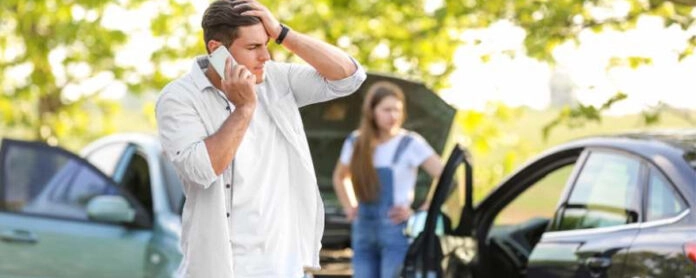A car accident can happen in an instant, and the moments after are crucial. Knowing what steps to take can protect your safety, legal rights, and financial security. Whether it’s a minor fender-bender or a severe crash, having a plan can help you stay in control of the situation.
This guide provides step-by-step instructions on what to do immediately after an accident, how to deal with insurance, legal aspects, and what precautions to take in the future.
1. Stay Calm and Assess the Situation
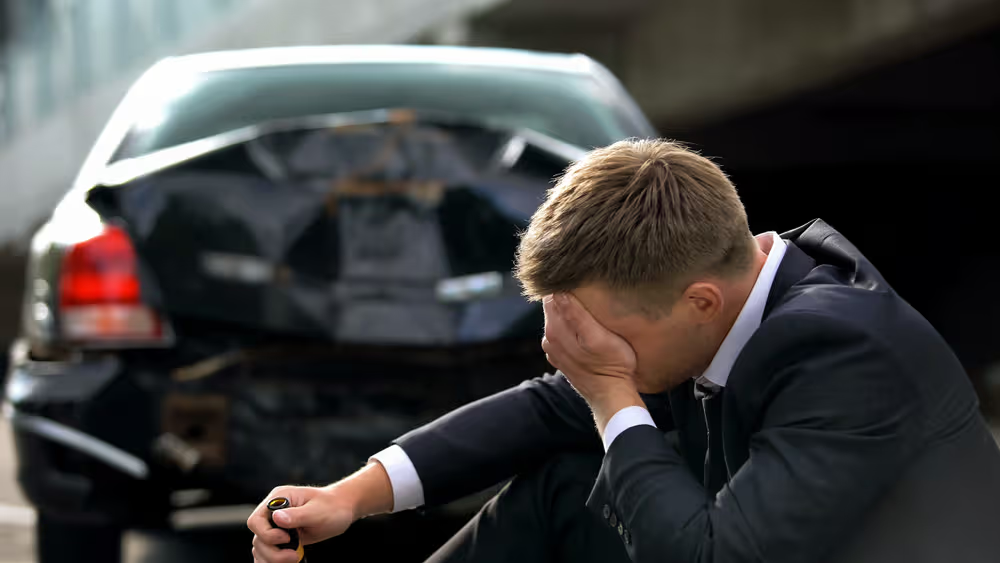
After an accident, your first instinct may be panic, but staying calm is essential. Take a moment to breathe and evaluate the situation.
What to Do:
Check if you or any passengers are injured.
Look around to assess the severity of the accident.
Determine if your car is blocking traffic or creating a hazard.
Quick Action Tip:
If the accident is minor, turn on your hazard lights to alert other drivers and prevent further accidents.
2. Move to a Safe Location
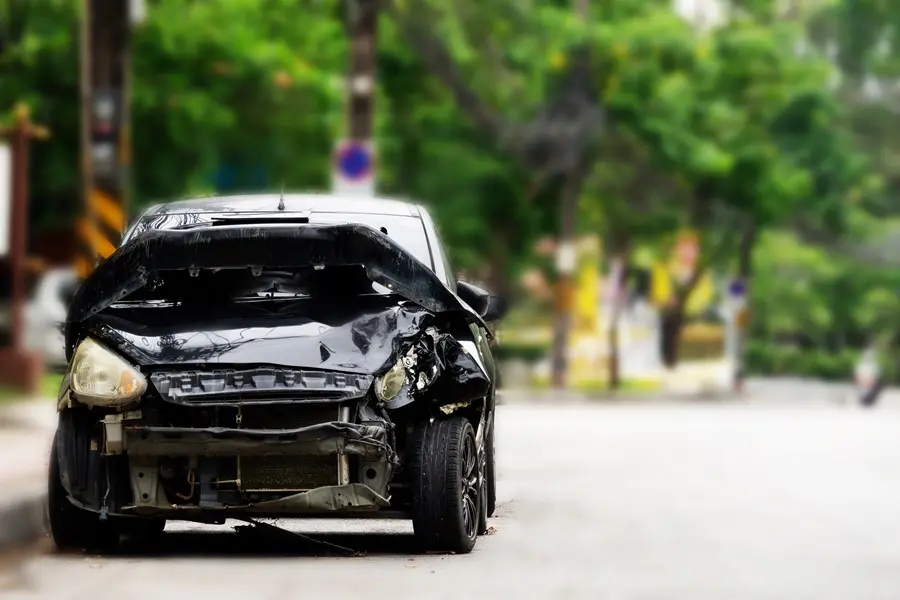
If possible, move your vehicle to the side of the road to prevent traffic congestion and further collisions.
Important Steps:
Turn on hazard lights immediately.
If safe, move your car to a less obstructive area.
Stand at a safe distance from oncoming traffic.
When Not to Move the Car:
If the accident is severe and involves injuries.
If the police advise you to keep the car in place for investigation.
3. Call Emergency Services
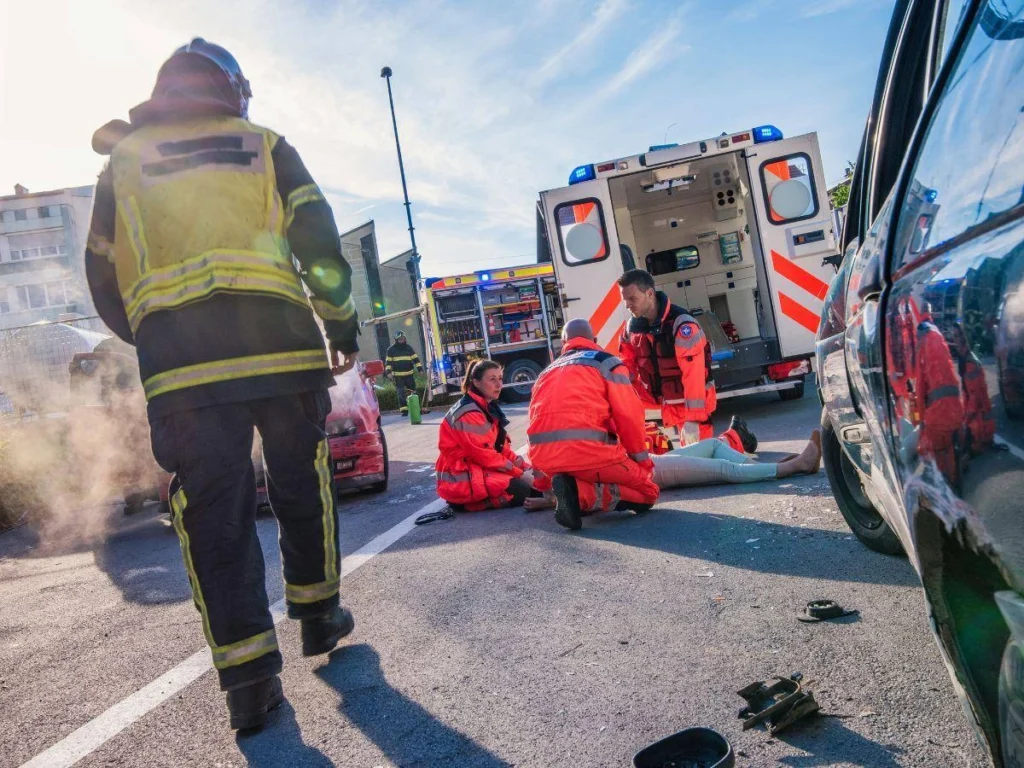
Dial the appropriate emergency numbers to report the accident and seek medical assistance if needed.
Who to Call:
Ambulance (Dial 108 in India, 911 in the USA) – If anyone is injured.
Police (Dial 100 or 112 in India) – Reporting an accident is legally required in most cases.
Towing Services – If your car is undrivable, contact roadside assistance.
Why This is Crucial:
A police report helps with insurance claims and legal procedures.
Immediate medical attention can prevent minor injuries from becoming severe.
4. Exchange Information with the Other Party
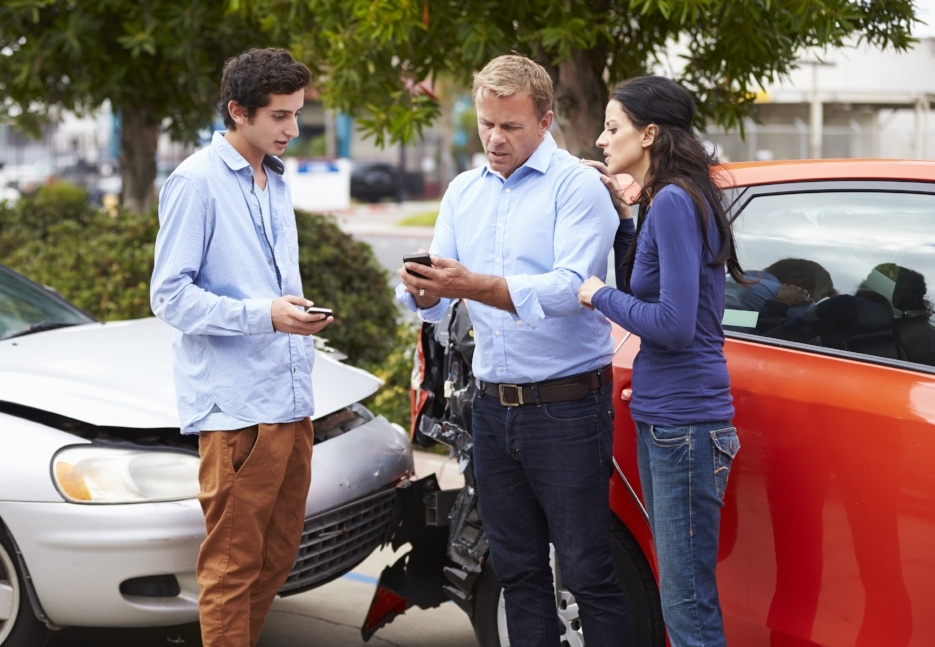
After ensuring safety, exchange details with the other driver involved.
Information to Collect:
Full name and contact number.
License plate number and vehicle details.
Insurance provider and policy number.
Witness contact details, if available.
Avoid These Mistakes:
Do not admit fault at the scene.
Do not engage in arguments with the other driver.
5. Document the Accident Scene
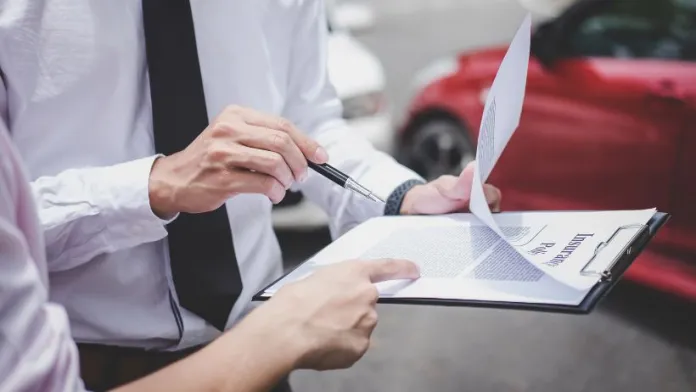
Gathering evidence is crucial for insurance claims and legal protection.
How to Document:
Take clear photos of vehicle damage, license plates, road signs, and surroundings.
Record witness statements if possible.
Note down the date, time, and location of the accident.
Why It’s Important:
Proper documentation helps prevent false claims and strengthens your case with insurers and authorities.
6. Seek Medical Attention Even for Minor Injuries
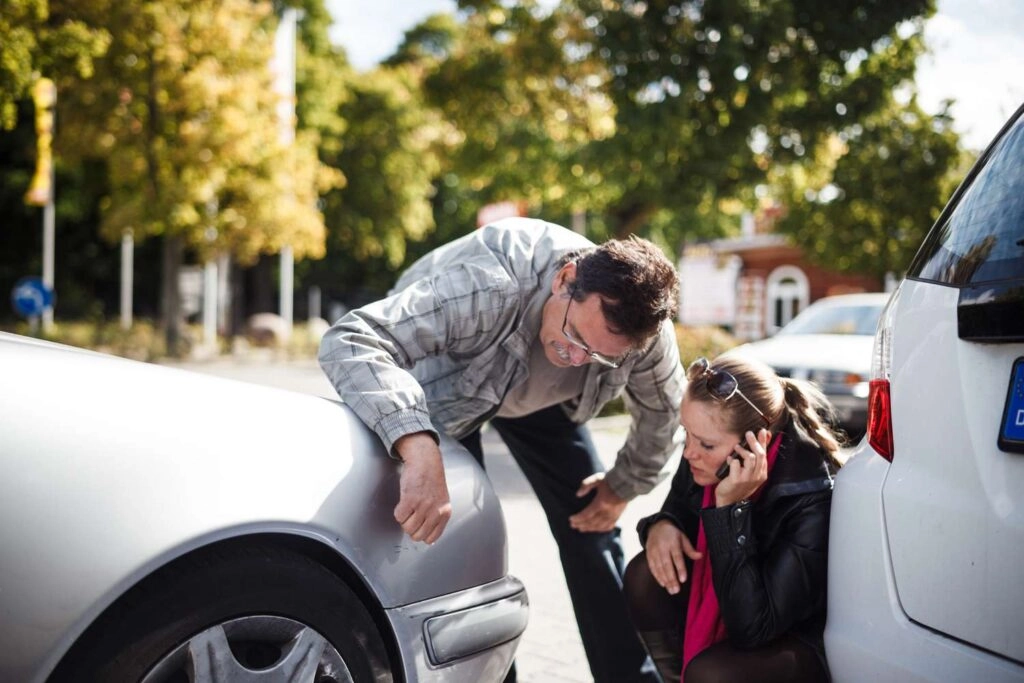
Some injuries don’t show symptoms immediately but can be serious.
What to Do:
Visit the nearest hospital for a medical evaluation.
Keep medical bills and doctor’s reports for insurance claims.
Request a Medico-Legal Certificate (MLC) for legal documentation.
Common Delayed Injuries:
Whiplash
Internal bleeding
Concussions
7. Notify Your Insurance Company
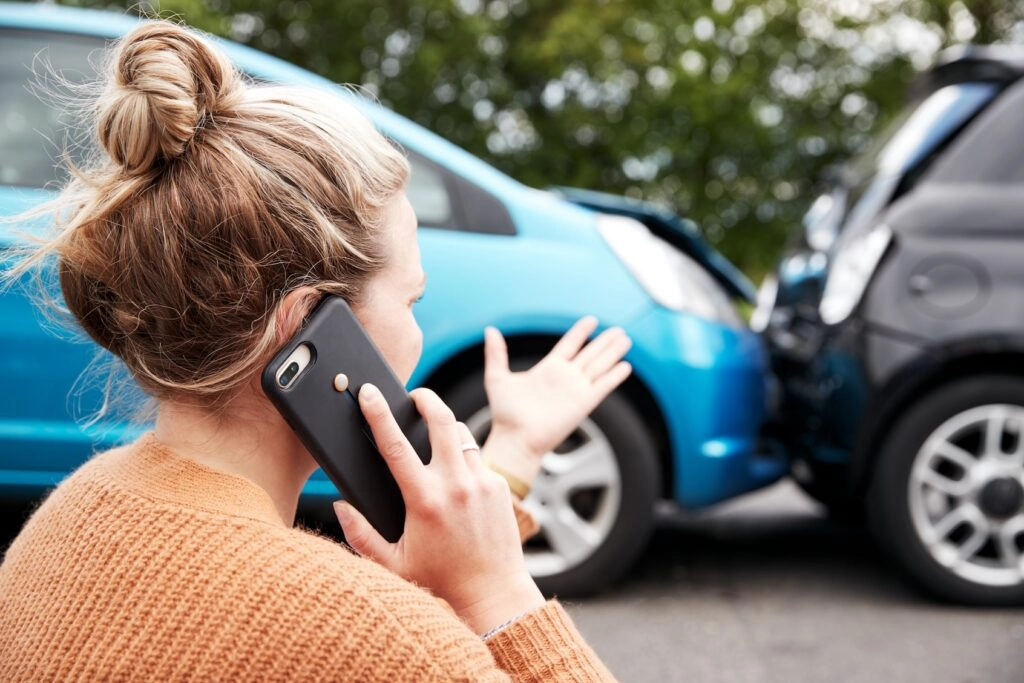
Inform your insurance provider about the accident as soon as possible.
What to Provide:
Accident photos and police reports (if applicable).
Medical bills (if claiming injury coverage).
Repair estimates from an authorized garage.
Why It’s Necessary:
Early notification ensures a smooth claim process and prevents delays in compensation.
8. Understand Your Insurance Policy
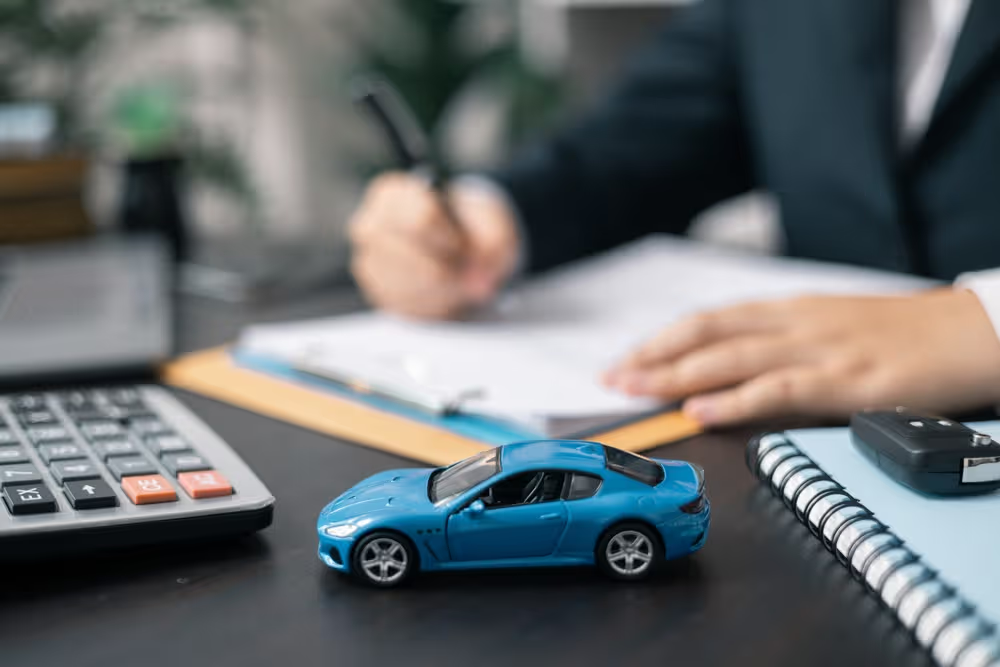
Check your insurance coverage to know your rights and limits.
Key Points to Verify:
Does your policy cover roadside assistance?
What are the deductibles and limits for damage and medical claims?
Is there coverage for rental cars if your vehicle needs repairs?
9. File an Insurance Claim
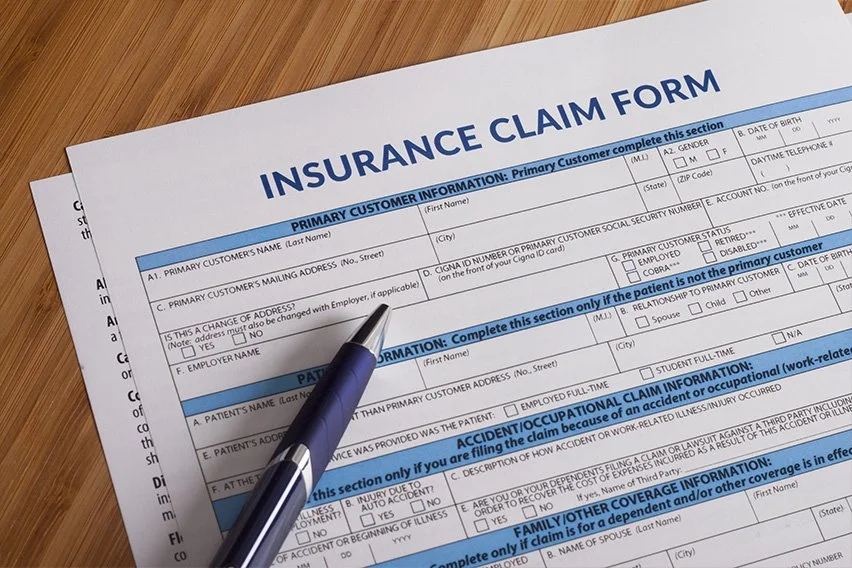
If eligible, file a claim for damages, medical expenses, or third-party liabilities.
Claim Filing Process:
Contact your insurance helpline.
Submit necessary documents like the FIR, medical reports, and repair estimates.
Cooperate with the surveyor appointed by the insurer.
Get claim approval and proceed with repairs.
Pro Tip:
Use a network garage for cashless repairs.
Keep a copy of all claim documents for future reference.
10. Consult a Lawyer for Legal Assistance
If the accident involves serious injuries, disputed liability, or insurance claim rejection, seeking legal help is advisable.
When to Hire a Lawyer:
The other party blames you for the accident.
Your insurance claim is denied unfairly.
There are criminal charges or lawsuits involved.
Benefits of Legal Advice:
Ensures fair compensation.
Protects against unjust liability claims.
Guides you through the legal process smoothly.
Preventing Future Accidents: Essential Driving Tips
While knowing what to do after an accident is crucial, preventing accidents is even better. Follow these driving safety tips:
1. Always Wear a Seatbelt
Reduces fatal injuries by 45% in car crashes.
2. Follow Speed Limits
Speeding increases the risk of accidents and reduces reaction time.
3. Avoid Distracted Driving
Texting while driving is one of the leading causes of road accidents.
4. Do Not Drive Under the Influence
Alcohol and drugs impair judgment and reaction speed.
5. Maintain Your Vehicle
Regularly check brakes, tires, and lights for optimal performance.
Conclusion
Handling a car accident properly can make all the difference in terms of safety, legal protection, and financial recovery. By following these 10 crucial steps, you can ensure that you respond correctly, minimize stress, and secure your insurance claims effectively.


